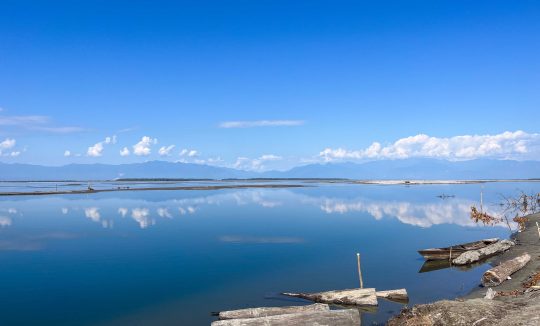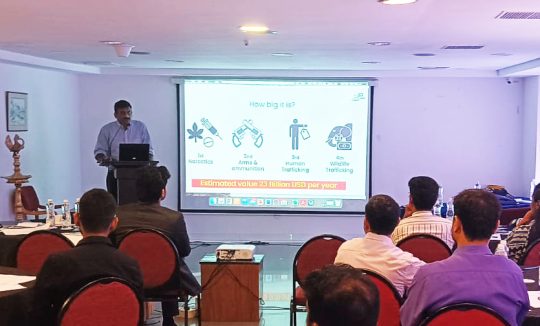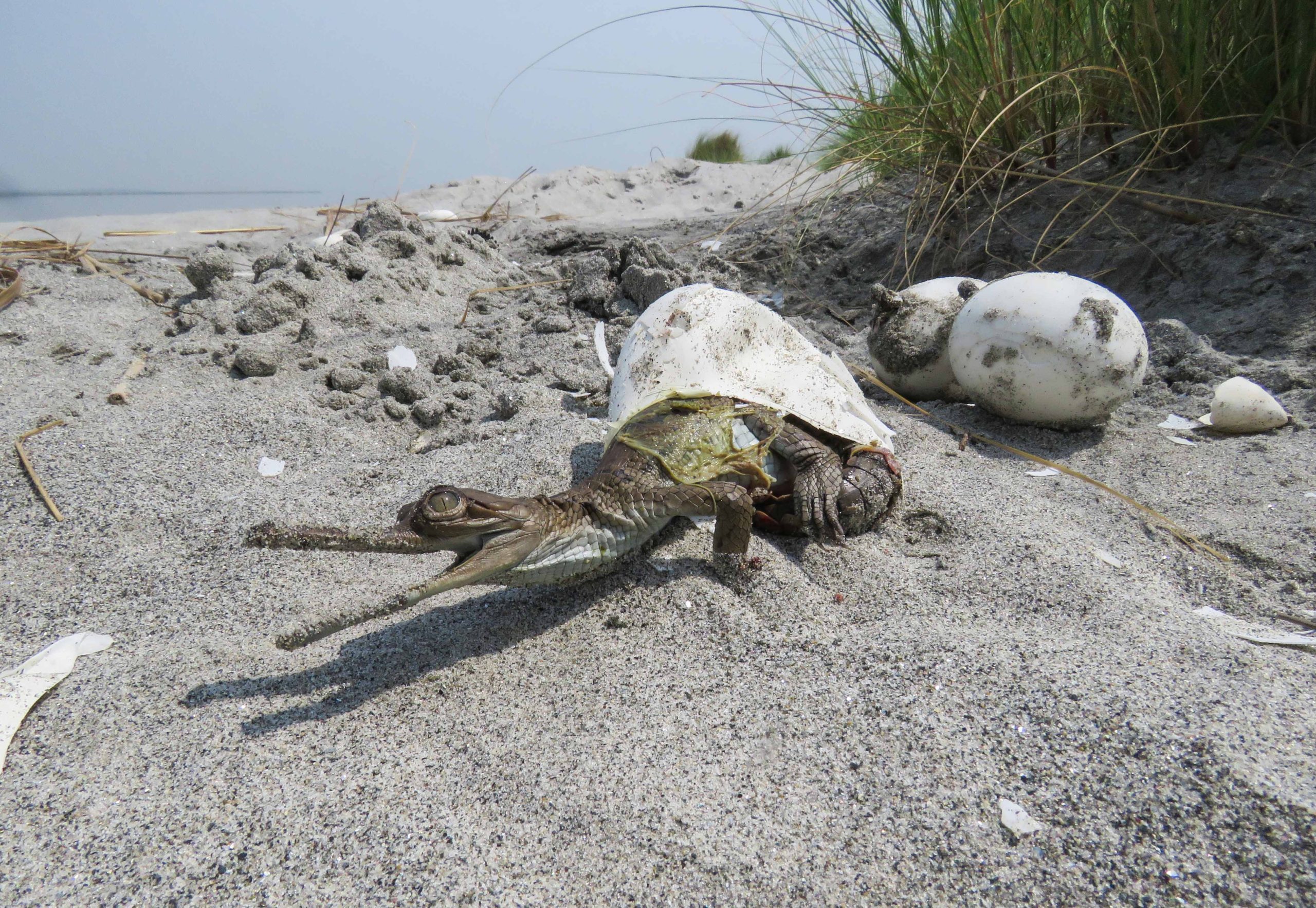
Project Info
Project Description
Wildlife Trust of India’s Gandak Gharial Recovery Project aims to recover population and increase occupancy of critically endangered Gharial in its distribution range. Indian Gharial (Gavialis gangeticus) is endemic to the Indian subcontinent and has been categorized as critically endangered. Once common in the Indian sub-continent, its distribution range has shrunk significantly and is now restricted to few scattered locations in India, Nepal and Bangladesh. The species has suffered a population decline of 94% since 1946 (Lang et al. 2019). As per the recent International Union for Conservation of Nature’s (IUCN) Red List Assessment (Lang et al., 2019) a global meta-population of 650 adults (median) with a range of 300-900 individuals exists in 14 sub-populations in India and Nepal, and breeding occurring in only six sub-populations. The tri-state (Madhya Pradesh, Uttar Pradesh and Rajasthan) National Chambal Sanctuary on the River Chambal hosts 77% of the global population.
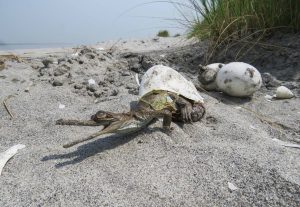
Through the project, the team at WTI intends to recover the population of Gharial by implementing measures to improve habitat conditions, nest protection and creation of a protected area for gharial in the Gandak River. The project will assess feasibility to expand the gharial recovery in other areas in the species range. This would result in improving the global conservation status of the species. Thus, the project fit within the WTI’s one of the big ideas ‘Species Recovery’.
The team documented breeding of the species in 2016 for the first time in the river Gandak. Discovery of nesting sites in 2016 has strengthened the prospect of gharial conservation in the river. Annual gharial population monitoring revealed presence of more than 250 gharials of all age classes in the river, also identifying threats to gharials and its habitat. The Gandak River is the second largest gharial population globally.
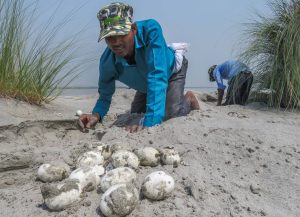
Construction of dams, barrages, irrigation canals, siltation, changes in river course, artificial embankments, sand-mining, riparian agriculture, livestock movement and egg collection have combined to cause an extreme limitation to gharial range due to this excessive, irreversible loss of the species habitat. If the gharial population in the Gandak River is recovered, it will give a major boost to a critically endangered and endemic species of Indian sub-continent.
There are several stakeholders in the river systems, hence for its holistic conservation, it is important to involve all of them. The villagers near the key gharial habitats, government departments such as Forest, Water Resources, Revenue, Panchyata Raj etc., and local fishermen & farmers need to be involved in the conservation process for long-term sustainability of the project.
PARTNERS: Environment, Forest and Climate Change Department, Government of Bihar, Los Angeles Zoo
PROJECT LEAD: Subrat Kumar Behera


